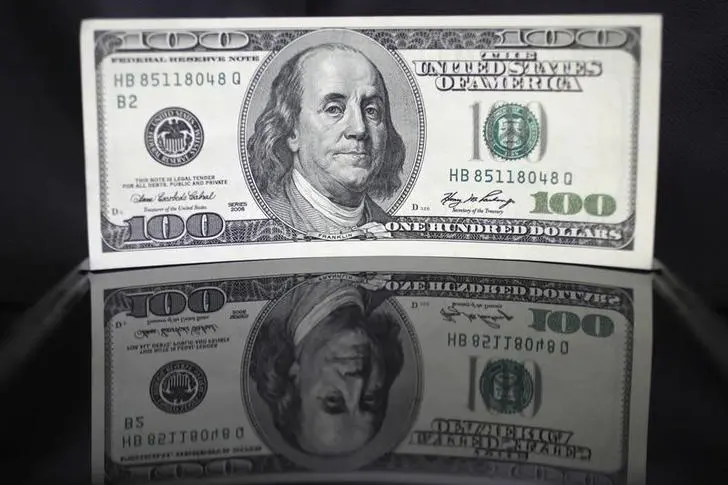PHOTO
Next year's trends may be defined by oil, which is falling, and the Federal Reserve, which may begin a series of interest rates hikes that slow growth and weigh on oil further.
Oil has dropped over $16 from this year's peak without OPEC fully opening the taps, so there is plenty more supply.
It will likely come under further pressure from dwindling stimulus, as the Fed's taper precedes the raising of interest rates that will be mimicked by most central banks around the world.
Producers who successfully restricted supply this year when markets were awash with stimulus may find it much harder to do next year when stimulus is withdrawn. Large-scale production cuts may trigger risk-averse reactions, rather than the gambling that supported this year's rally.
Gambling is set to wane anyway on the back of the 125 basis points of Fed hikes envisaged by the end of 2023, which will undermine commodity currencies.
With oil prices likely suppressed, currencies of exporters like Russia, Norway, Canada, Mexico and Brazil may lose ground versus the dollar, and also against currencies of nations relying on imports like India, South Korea, Hong Kong, the euro zone, Japan and China.
Jeremy Boulton
(Jeremy Boulton is a Reuters market analyst. The views expressed are his own. Editing by Jan Harvey.) ((jeremy.boulton@thomsonreuters.com))












